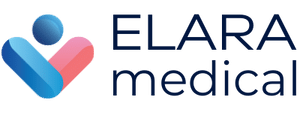

A nose job, also known as rhinoplasty, is a surgical procedure that reshapes, resizes, or corrects the structure of the nose to improve its appearance or function. It is one of the most popular and commonly performed plastic surgery procedures worldwide.
People choose to undergo a nose job for various reasons, which can be categorized into aesthetic and functional:
1. Aesthetic reasons: Many individuals seek a nose job to enhance their facial appearance and achieve a more balanced or harmonious look. Common aesthetic motivations include:
- Reducing or increasing the size of the nose
- Changing the shape of the nasal tip or bridge
- Narrowing or widening the nostrils
- Correcting asymmetry or deviations
- Smoothing out bumps or depressions on the bridge
- Refining the angle between the nose and upper lip
2. Functional reasons: Some people undergo rhinoplasty to address breathing issues or correct structural abnormalities within the nasal passages. Common functional motivations include:
- Repairing a deviated septum
- Addressing nasal obstructions or blockages
- Correcting nasal injuries or trauma
- Reconstructing the nose following skin cancer removal or other medical conditions
A nose job can significantly improve an individual's self-esteem and quality of life by enhancing their facial appearance or resolving functional issues. The decision to undergo rhinoplasty should be made in consultation with a qualified and experienced plastic surgeon, who can assess the patient's individual needs and goals and develop a personalized surgical plan.
There are several different types of nose job surgery, each designed to address specific concerns or achieve particular outcomes. Some of the main types of nose job procedures include:
- Open rhinoplasty: In this approach, the surgeon makes an incision across the columella, the tissue between the nostrils, allowing for greater access to the underlying nasal structures. This technique is generally used for more complex cases or when significant changes to the nose are desired.
- Closed rhinoplasty: The incisions for closed rhinoplasty are made entirely within the nostrils, leaving no visible scars on the outside of the nose. This method is typically used for less extensive modifications, and it has the advantage of reduced swelling and a faster recovery period.
- Septorhinoplasty: This type of nose job involves correcting both the external appearance of the nose and addressing internal structural issues, such as a deviated septum. Septorhinoplasty aims to improve both the aesthetic appearance and the functional aspects of the nose.
- Revision rhinoplasty: Also known as secondary rhinoplasty, this procedure is performed to correct issues or complications that arose from a previous nose job. Revision rhinoplasty can be more complex due to scar tissue and altered nasal structures, requiring a skilled surgeon with extensive experience in this area.
- Non-surgical rhinoplasty: This approach uses dermal fillers to make minor adjustments to the shape or contours of the nose without surgery. While non-surgical rhinoplasty offers a less invasive alternative with minimal downtime, the results are temporary and may not be suitable for all cases.
- Ethnic rhinoplasty: This specialized form of nose job surgery takes into consideration the unique facial features and aesthetic preferences of individuals from different ethnic backgrounds. The goal of ethnic rhinoplasty is to create a harmonious and balanced appearance while respecting and preserving the patient's cultural identity.
Nonsurgical rhinoplasty, also known as a liquid nose job or noninvasive rhinoplasty, is a procedure that uses injectable dermal fillers to temporarily alter the shape and appearance of the nose without surgery. It is a minimally invasive alternative to traditional surgical rhinoplasty, and it has some key differences:
- Procedure: Nonsurgical rhinoplasty involves injecting dermal fillers, such as hyaluronic acid, into specific areas of the nose to modify its shape or contour. This can be done to smooth out bumps, lift the nasal tip, or fill in depressions. The procedure typically takes 15-30 minutes and is performed under local anesthesia.
- Recovery time: One of the most significant advantages of nonsurgical rhinoplasty is the minimal downtime involved. There may be mild swelling, redness, or bruising at the injection sites, but these side effects usually subside within a few days. Patients can generally return to their daily activities immediately after the procedure.
- Results: The results of nonsurgical rhinoplasty are temporary, as the fillers are gradually absorbed by the body over time. Depending on the type of filler used, results can last anywhere from 6 months to 2 years. In contrast, surgical rhinoplasty offers long-lasting or permanent results.
- Limitations: Nonsurgical rhinoplasty is suitable for addressing minor aesthetic concerns but is not capable of making significant changes to the nose's structure or size. It also cannot correct functional issues, such as a deviated septum or breathing problems.
- Reversibility: One of the benefits of nonsurgical rhinoplasty is that the procedure is reversible. If the patient is not satisfied with the results or wishes to return to their original nose shape, the effects of the filler can be reversed using an enzyme called hyaluronidase.
- Cost: Nonsurgical rhinoplasty is generally less expensive than surgical rhinoplasty, but since the results are temporary, patients may require multiple treatments over time, which can add up in cost.
A non-surgical rhinoplasty is an attractive option for those seeking minor adjustments to their nose's appearance without undergoing surgery. However, it is essential to have realistic expectations about the limitations of the procedure and consult with a qualified practitioner to determine the most suitable option based on individual needs and goals.
A nose job, or rhinoplasty, offers various benefits and potential drawbacks that should be carefully considered before deciding to undergo the procedure. Here are some of the pros and cons:
Pros:
- Improved appearance: A nose job can enhance the overall facial appearance by addressing issues such as size, shape, symmetry, and proportion of the nose, resulting in a more harmonious and balanced look.
- Increased self-confidence: Many individuals who undergo rhinoplasty report increased self-esteem and confidence, as they feel more comfortable with their appearance after the procedure.
- Improved breathing: For those with structural issues or nasal obstructions, a nose job can correct these problems and significantly improve breathing function.
- Long-lasting results: Unlike some non-surgical aesthetic procedures, the results of a rhinoplasty are typically long-lasting and can provide a permanent solution to aesthetic or functional concerns.
- Customizable: Rhinoplasty can be tailored to each individual's unique needs and aesthetic preferences, resulting in personalized outcomes that align with the patient's goals.
Cons:
- Surgical risks: As with any surgery, there are potential risks and complications associated with rhinoplasty, such as bleeding, infection, anesthesia-related issues, or adverse reactions to the procedure.
- Recovery time: The recovery process after a nose job can be lengthy, with initial swelling and bruising lasting for several weeks and the final results taking up to a year to fully manifest.
- Cost: Rhinoplasty can be expensive, particularly in countries with higher healthcare costs. However, medical tourism destinations like Turkey offer more affordable options without compromising quality.
- Possibility of revision surgery: In some cases, a patient may require a secondary or revision rhinoplasty to address complications or achieve desired results. This can add to the overall cost and recovery time.
- Emotional impact: Adjusting to the new appearance of the nose can be emotionally challenging for some patients, and it's essential to have realistic expectations about the outcome and be prepared for the emotional aspects of the healing process.
To determine if you are a good candidate for a nose job or rhinoplasty in Turkey, several factors must be taken into consideration, including age, physical health, and psychological factors. Here are some guidelines to help assess your suitability for the procedure:
- Age: It's essential to wait until facial growth is complete before undergoing rhinoplasty. Generally, girls should be at least 15 years old, and boys should be at least 16 years old before considering the surgery. This helps ensure that the nose has fully developed and that the results of the procedure will not be affected by further growth.
- Physical health: Good candidates for rhinoplasty should be in overall good health and free of any serious medical conditions that could increase the risk of complications or affect the healing process. There is no upper age limit for rhinoplasty, as long as the individual is in good health and able to safely undergo surgery.
- Realistic expectations: It's essential to have realistic expectations about the results of a nose job and understand that the goal is to achieve improvement rather than perfection. A qualified surgeon can help you visualize potential outcomes and ensure that your goals align with what can be realistically achieved through the procedure.
- Emotional factors: Individuals with moderate to severe symptoms of body dysmorphic disorder might not be satisfied with the results of rhinoplasty, as their perception of their appearance might not align with the actual outcomes of the surgery. In such cases, it's essential to address the underlying psychological issues before considering aesthetic procedures.
The recovery process after a nose job, or rhinoplasty, can vary depending on the individual and the complexity of the surgery. However, there are some general guidelines and stages you can expect during the recovery period:
- Immediate postoperative period: After the surgery, your nose will likely be covered with a splint and possibly packed inside the nostrils. You may experience some discomfort, swelling, and bruising around the nose and eyes. Your doctor will provide you with pain medications to help manage any discomfort.
- First week: You will be advised to keep your head elevated, especially during sleep, to minimize swelling. Avoid blowing your nose, and try not to engage in any activities that could strain the nose or increase blood pressure. You may experience some nasal congestion or difficulty breathing through the nose during this time. Most of the bruising and swelling should begin to subside within the first week.
- Splint removal: The nasal splint and any packing inside the nostrils are usually removed within 5-7 days after the surgery. At this point, you may start to see some improvements in the appearance of your nose, although there will still be residual swelling.
- First month: Most of the swelling should subside within the first month, and you'll be able to resume your normal activities, including exercise. However, you should continue to avoid activities that could cause direct impact or pressure on the nose, such as contact sports.
- Long-term healing: It can take up to a year or longer for the final results of a nose job to become apparent, as residual swelling continues to subside gradually. During this time, it's essential to follow your surgeon's instructions and attend any follow-up appointments to ensure proper healing and optimal results.
Throughout the recovery process, it's crucial to maintain good communication with your surgeon and report any concerns or complications that may arise. By following your surgeon's post-operative care instructions and taking appropriate precautions, you can help ensure a smooth recovery and achieve the best possible results from your nose job.
The cost of a nose job or rhinoplasty can vary significantly depending on the location, the complexity of the procedure, and the surgeon's experience. In Turkey, the cost of rhinoplasty is generally more affordable compared to Western Europe and the USA, making it an attractive destination for medical tourism.
In Turkey, the cost of a nose job can range from approximately $2,500 to $4,000. This typically includes the surgeon's fees, anesthesia, hospital or clinic fees, and post-operative care. However, it is essential to note that the costs can vary depending on the specific needs of the patient and other factors, such as the surgeon's experience and the location of the clinic.
In comparison, the cost of rhinoplasty in Western Europe can range from $5,000 to $10,000 or more, while in the USA, it can range from $7,000 to $15,000 or even higher, depending on the surgeon and the geographic location.
One of the reasons for the lower cost of rhinoplasty in Turkey is the lower cost of living and operational expenses compared to Western Europe and the USA. It is important to keep in mind that while cost is a significant factor, it should not be the only consideration when choosing a surgeon or clinic for rhinoplasty. It is essential to research the surgeon's qualifications, experience, and reputation, as well as the quality of care provided by the clinic, to ensure the best possible outcome for your procedure.
Choosing us for your nose job or rhinoplasty procedure in Turkey offers several advantages, making it an excellent choice for individuals seeking high-quality and affordable aesthetic procedures. Here are some reasons why you should consider Elara Medical Tourism for your rhinoplasty:
1. Experienced and skilled surgeons: We work with highly qualified and experienced plastic surgeons who have a proven track record of successful rhinoplasty procedures. They are skilled in various techniques and can tailor the procedure to meet each patient's unique needs and aesthetic goals.
2. High-quality facilities: We collaborate with top-notch hospitals and clinics in Turkey, equipped with modern facilities and advanced technology to provide the best possible care and achieve optimal results for your rhinoplasty.
3. Affordable pricing: As mentioned earlier, the cost of rhinoplasty in Turkey is significantly lower compared to Western Europe and the USA, without compromising quality. We offer competitive pricing, making high-quality rhinoplasty more accessible to a broader range of patients.
4. Comprehensive care: We provide end-to-end support throughout your rhinoplasty journey. This includes assistance with travel arrangements, airport transfers, accommodations, and coordination with the medical team, ensuring a seamless and hassle-free experience.
5. Personalized service: Our team is dedicated to providing personalized attention to each patient, addressing any concerns or questions, and ensuring that your needs and goals are met throughout the process.
6. Multilingual support: The staff at Elara Medical Tourism can communicate in multiple languages, making it easier for international patients to navigate their medical tourism experience and feel comfortable throughout their stay in Turkey.
By choosing us for your nose job or rhinoplasty procedure in Turkey, you can benefit from the combination of experienced professionals, high-quality care, and affordable pricing, all while enjoying the personalized support and attention that the agency provides to ensure a positive and successful experience.

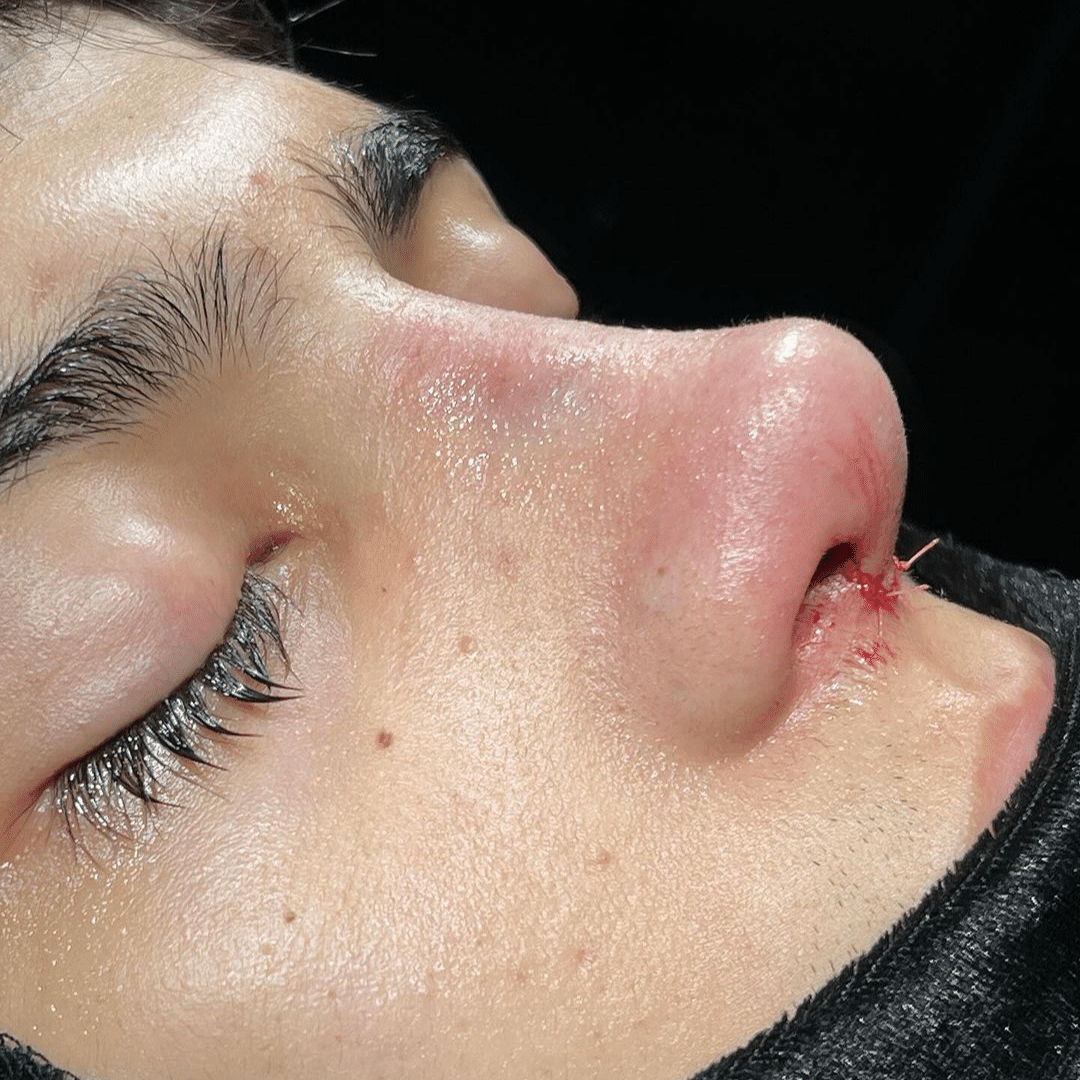
Precision and Perfection: The Craft of Rhinoplasty Surgery
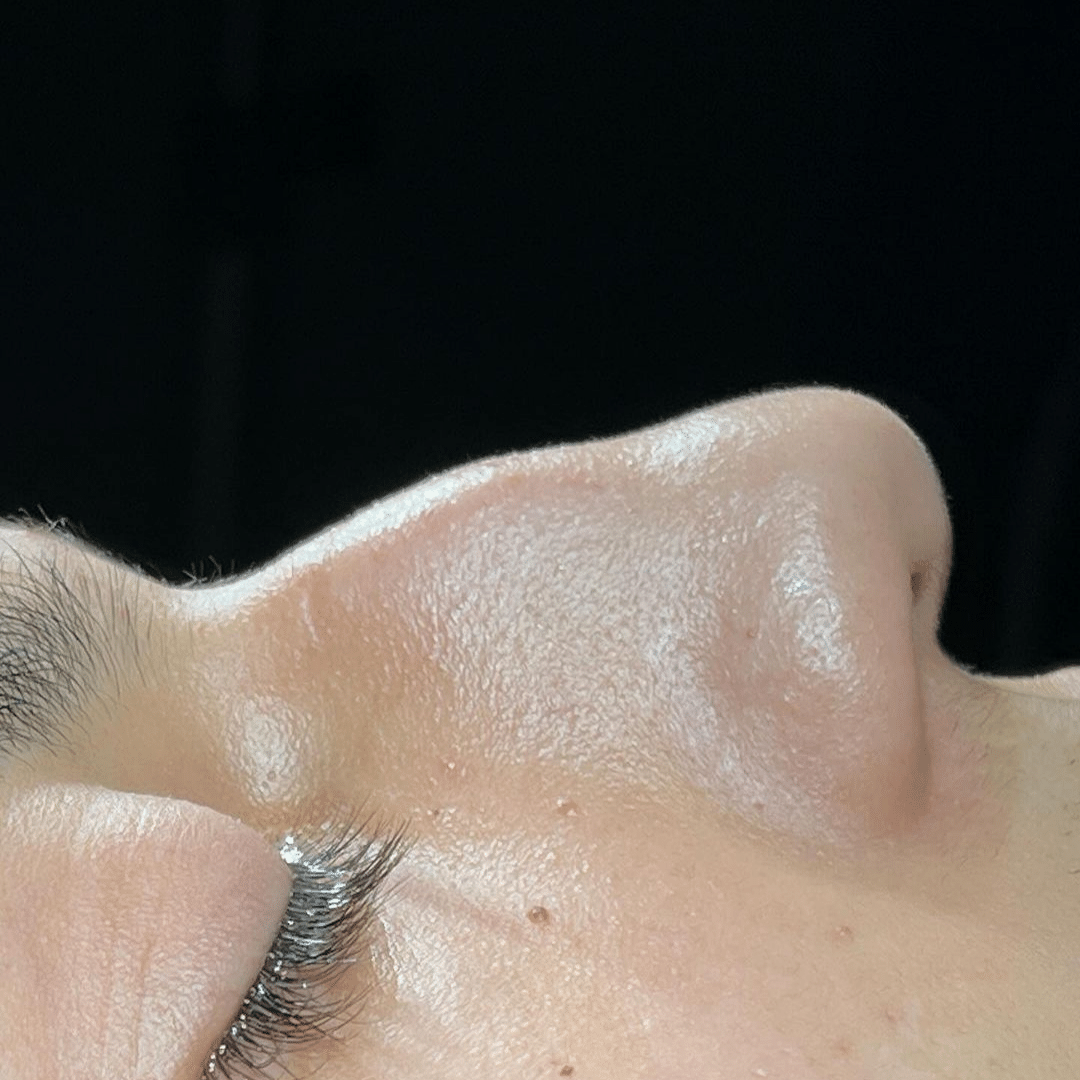

The Art of Rhinoplasty: Sculpting Beauty with Precision


Rhinoplasty Reveal: Subtle Changes, Major Impact

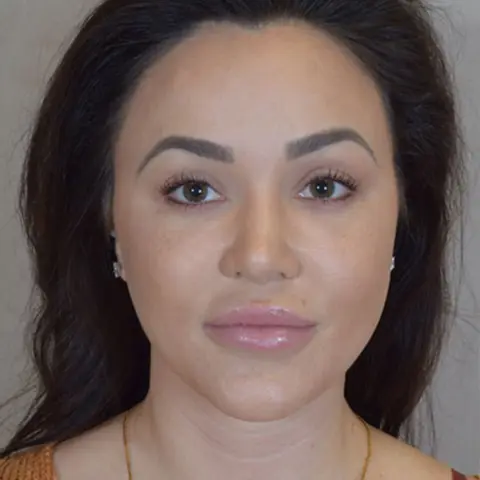
Profile Enhancement: Rhinoplasty Results

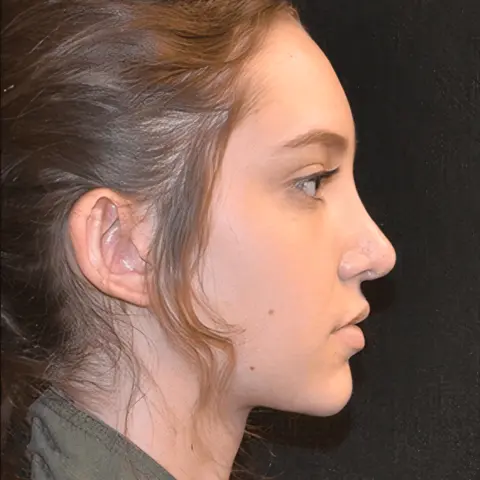
Rhinoplasty: Nose Contour Refined


